Resilient Supply Chain
AIA is committed to identifying policy and funding solutions to close ongoing gaps and address fragility in the supply chain.
There is a difference between a system that delivers at the lowest cost and one that supports resilience. As we learned from events like the COVID-19 pandemic response and Russia’s invasion of Ukraine, supply chains have limited ability to meet urgent needs in times of disruption or surge. Working with both industry and government partners, AIA finds and advocates for solutions that will strengthen the supply chain from start to finish.
AIA Position StatementLook Toward the Future
Industry has made many tough choices regarding personnel, plant, equipment, and purchasing, to meet customer demands for efficiency. This has manifested in increased DoD scrutiny of subcontractor margins and management, and on the supply chains of major programs. These efforts are focused on driving down costs, often with little regard for their impacts on the ability of supply chains to surge or meet urgent needs.
DoD has strained suppliers and forced dependency on fewer and even foreign or sole sources to fulfill cost objectives at a time when the industrial base has already constricted due to budget cuts. DoD and Congress must understand that there is a price for resilience.
Take Action Now
Diversifying sources of supply for strategic and critical materials would mitigate the risk of single points of failure, should current foreign sources become restricted or unavailable. To increase manufacturing resiliency, many defense industrial base (DIB) companies seek to diversify their sources of supply, particularly if the source is domestic. However, there are challenges to diversification, such as the cost of qualifying sources, and the amount of time available to qualify sources based on contractual requirements. Where possible, the U.S. government should consider pursuing diversification through domestic and foreign ally sourcing.
The A&D supply chain is deep, interconnected, and dynamic. This complexity affects the ability of larger companies to effectively identify critical control points, manage supplier risk, understand the overall health of its supply chain, and model or simulate network risk. AIA encourages industry-government engagement at all tiers to improve awareness, and to avoid administrative burdens on smaller suppliers. While duplicative sources are important, sufficient annual content must be guaranteed to first bring competent and reliable partners into the marketplace and then maintain the source in a state of readiness.
AIA’s Role
AIA recognizes that single and sole sourcing leads to increased risks such as obsolescence, capacity constraints, and single points of failure, especially with foreign and financially distressed suppliers. Additionally, less competition means less leverage when negotiating pricing. Unfortunately, the costs of qualifying new suppliers, attracting and developing multiple suppliers on low-volume development programs, and contending with supplier-owned intellectual property issues often outweigh savings from multiple sourcing. Moreover, many small businesses rely on defense prime contractors for a significant portion of their business, exposing them to financial risk in times of defense budget uncertainty. AIA will continue to coordinate across the government to ensure the appropriate policy and funding mechanisms are in place to support the supply chain.
Recent News
Your Leadership ConnectionNational Security Team
AIA’s national security leadership team is well-positioned to address members’ issues and advocacy needs.
Explore Related Topics
National Security
AIA’s National Security Policy team is responsible for developing our industry’s national security agenda.
Issues & Advocacy
Find industry alignment on issues and advocacy opportunities, so your organization can impact the competitiveness and vitality of our field.




